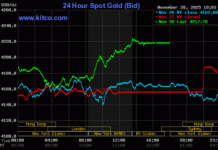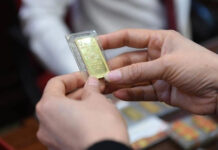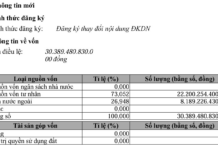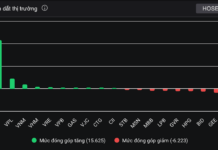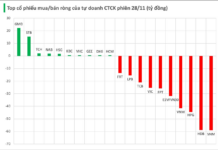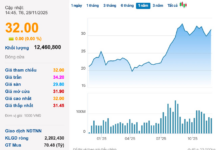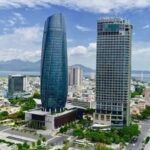This year has been different from many previous years. Since mid-June, which marks the beginning of the rubber tapping season, traders have been offering prices above 38 million VND per ton, exciting farmers as the price nears the peak of 39 million VND from six years ago (2018), according to Báo Bình Thuận.
Mr. Nguyen Tuyen, who owns over 10 hectares of rubber trees in Tan Linh district (Binh Thuan province), shared that the trees had just recovered from the intense heat when they were hit by a tropical depression and continuous rain for half a month, affecting the quality of latex. As the offered price for latex is high, many rubber farmers are taking advantage of it by tapping, but the weather is not cooperating.
Also from Binh Thuan, Mr. Nguyen Son shared: “It’s rare to see such high prices for rubber latex at the beginning of the season. Last year, the price of latex at the beginning of the season was low, at 23-24 million VND per ton, so many large gardens with rubber areas only fertilized sparingly because tapping would not have been enough to cover the cost of hiring labor and management.”
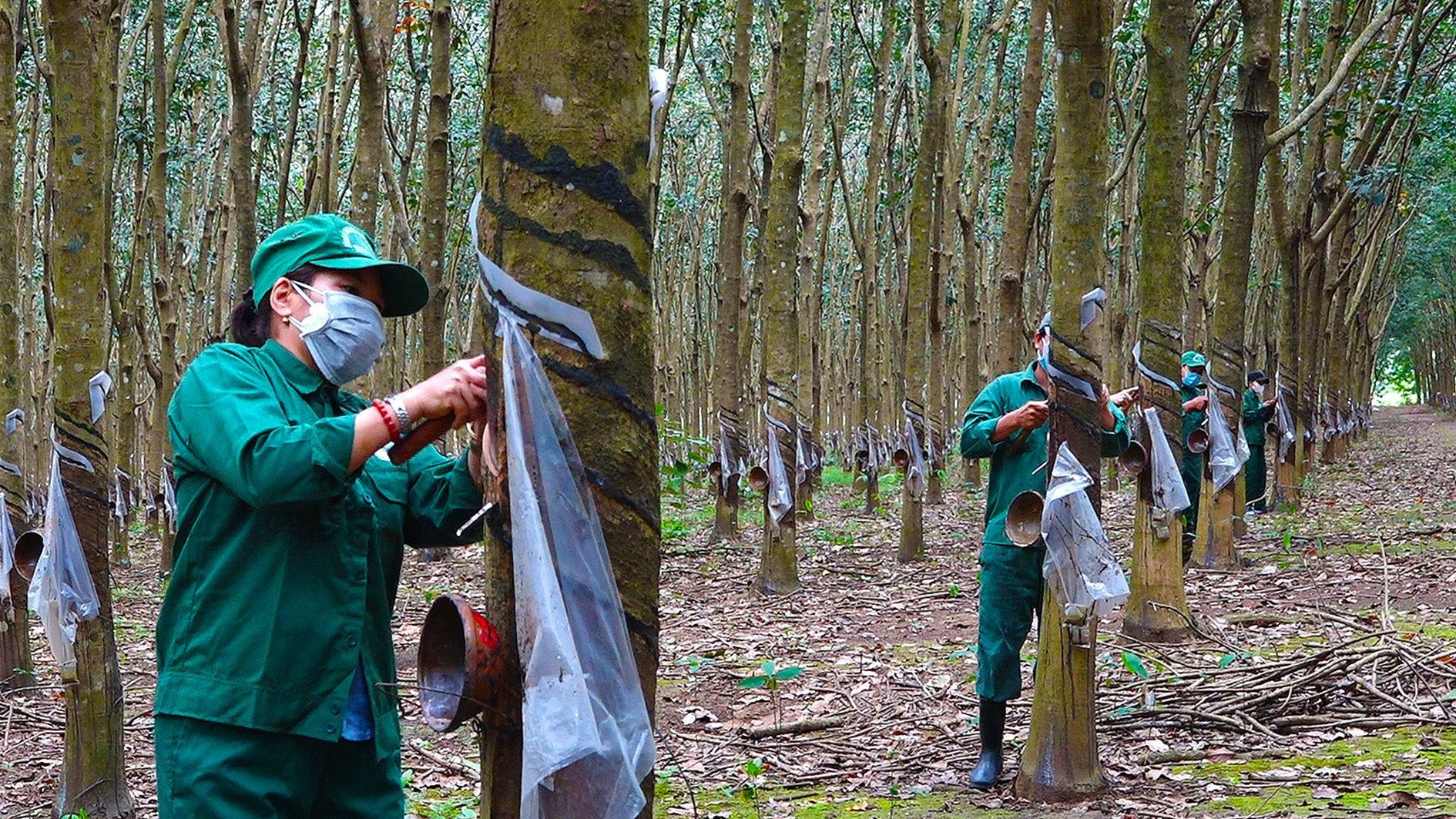
Rubber latex price reaches a new peak after a decade of depression.
“For small-scale households, tapping rubber trees is a labor-intensive endeavor. This year, right at the beginning of the season, traders offered a price of 38 million VND per ton, and a week ago, the price fluctuated between 40 and 41 million VND per ton, so rubber growers have been focusing on fertilizing and tapping,” Mr. Nguyen Son continued.
Rubber latex, fluctuating between 40 and 41 million VND per ton, is considered a “new peak” by many, as it has been over a decade since rubber latex at the beginning of the season has reached such a high price. With the high price of rubber during the tapping season, gardens are investing heavily in exploitation.
Similarly, in the past two months, the price of rubber latex has unexpectedly surged, exciting rubber growers in Thanh Hoa. Many rubber tree areas that were previously abandoned or sparingly exploited are now being cared for and tapped, according to Báo Đại Đoàn Kết.
Rubber latex price surges, but harvest falls short of expectations
Mr. Duong Van Luong shared with Báo Đại Đoàn Kết: “My family has 4 hectares of rubber trees in the latex extraction phase. Since the beginning of the year, the price of rubber latex purchased directly from the garden has ranged from 18,000 to 22,000 VND per kg, which is 8,000 to 10,000 VND higher than the same period last year. With the current price, my family’s 4 hectares of rubber trees are expected to yield over 10 tons of latex, valued at over 200 million VND.“
“Since the beginning of June 2024, the price of rubber latex has unexpectedly surged, exciting rubber growers. Compared to the same period last year, the price has nearly doubled, and whatever is harvested is immediately purchased by traders. If this price holds until the end of the year, each hectare of rubber trees could bring in a monthly income of 5-7 million VND,” Mr. Luong excitedly shared.
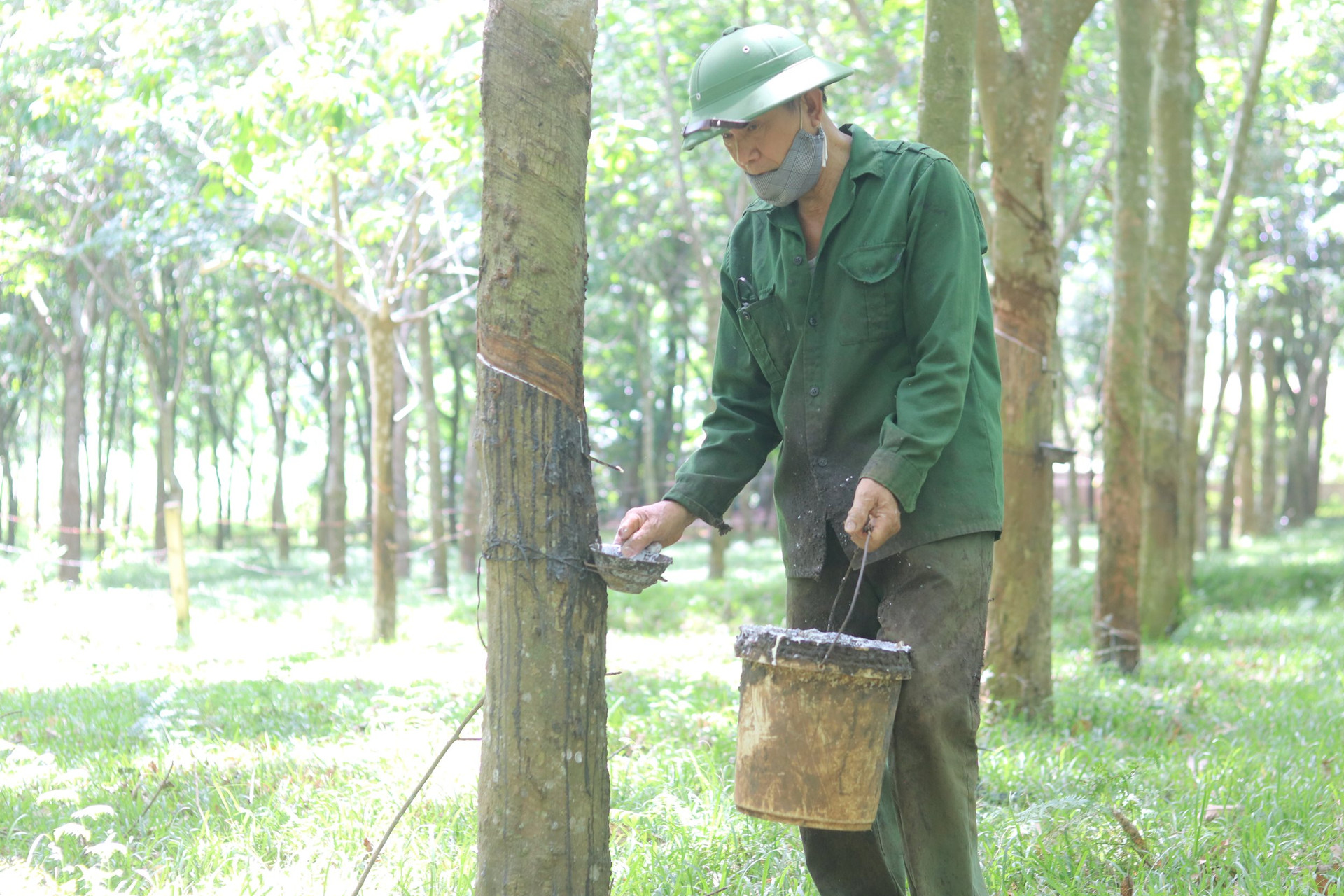
Many families had given up on rubber trees due to low prices in previous years.
Mr. Phan Canh Hung, deputy director of Bai Tranh Farm (belonging to Thanh Hoa Rubber One-Member Limited Liability Company), shared: “The farm has 1,017 hectares of large-field rubber and 174 hectares of small-field rubber.”
Currently, the price at which the farm is purchasing rubber latex is 18,000-19,000 VND per kg. Although the price of rubber latex has increased since the beginning of the year, the farm has only harvested 30% of its planned latex production for the year due to unpredictable weather patterns of rain and shine.
“In the past years, when rubber prices were low, many families were not interested in caring for and exploiting their rubber trees. Therefore, the district directed the localities to propagate and encourage the people to maintain their rubber areas and not cut them down to switch to other crops,” said Mr. Le Tien Dat, Head of the Agriculture and Rural Development Department of Nhu Xuan district (Thanh Hoa).
Mr. Tien Dat added: “In the future, if the rubber price remains stable, the district will continue to instruct rubber growers to care for and tap their rubber trees correctly to ensure the long-term effectiveness of this industrial crop.”






